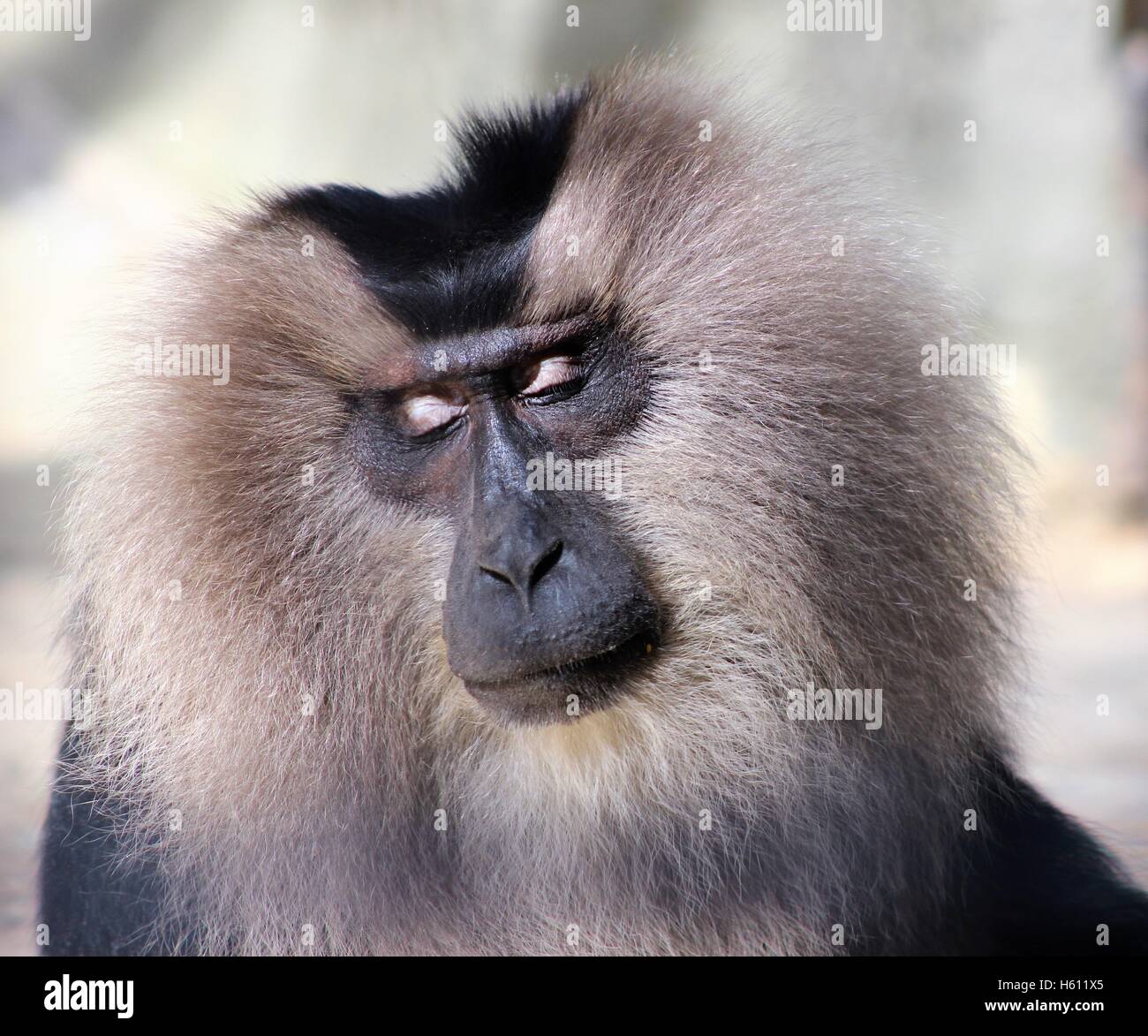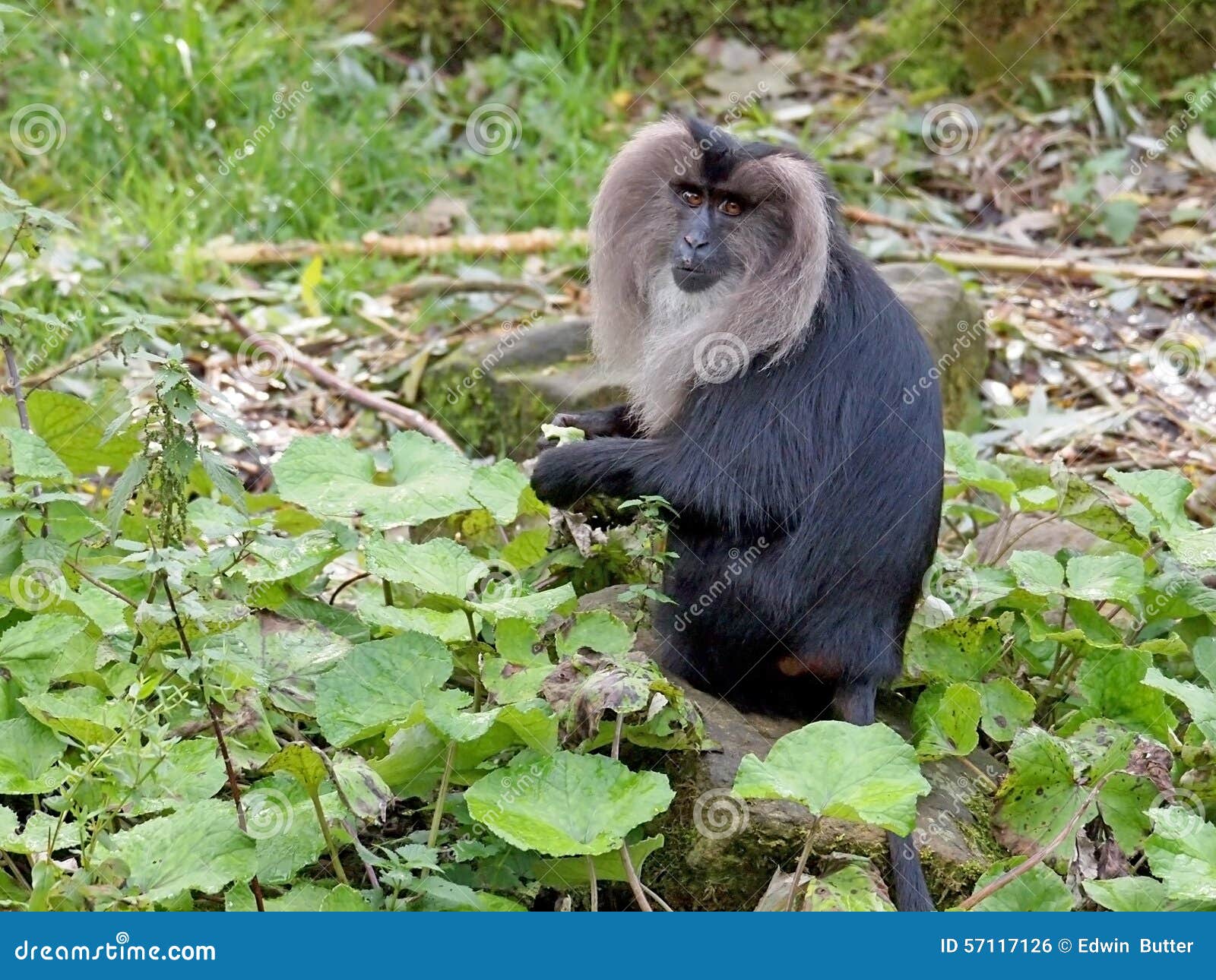Monkey Lion Ragebait: The Ultimate Showdown Of The Jungle
Hey there, animal lovers and wildlife enthusiasts! Ever heard of the term "monkey lion ragebait"? Well, it's not just another random phrase floating around the internet. It's a fascinating concept that delves deep into the dynamics of two iconic jungle creatures—the mischievous monkey and the mighty lion. Brace yourself because we're about to dive into the heart of the jungle and uncover what makes this topic so intriguing.
Picture this: a troop of cheeky monkeys teasing a pride of lions, dangling fruits just out of reach or mimicking their roars. Sounds like fun, right? But there's more to it than meets the eye. The concept of "monkey lion ragebait" isn't just about playful antics; it's a study of survival instincts, territorial behavior, and the complex relationships between species in the wild.
Now, before we get too deep into the jungle, let me tell you why this topic matters. Understanding the interactions between these two animals can give us insights into the delicate balance of ecosystems and the importance of preserving wildlife habitats. So, buckle up, because we're going on an adventure you won't forget!
What is Monkey Lion Ragebait?
Let's break it down. Monkey lion ragebait refers to situations where monkeys deliberately provoke lions, often for entertainment or to assert dominance. It's like a game of cat and mouse—except in this case, it's more like monkey and lion. This behavior isn't just about fun and games; it's a survival tactic that monkeys use to keep predators at bay.
Monkeys are known for their intelligence and social structures, and they often use these traits to their advantage. By teasing lions, they not only test the waters but also establish boundaries within their territory. It's a risky move, but one that pays off in the long run.
Why Do Monkeys Bait Lions?
- To establish dominance over their territory
- To test the strength and patience of predators
- To entertain themselves and their troop
- To warn other animals of potential danger
It's not all fun and games, though. There's a fine line between playful teasing and life-threatening situations. Monkeys have to be careful not to push their luck too far, or they might end up as lunch for the king of the jungle.
- Bridget Fonda Updates News What You Need To Know Now
- Knox Joliepitt Growing Up See Rare Red Carpet Pics More
The Psychology Behind Monkey Lion Ragebait
Ever wondered what goes on in a monkey's mind when it decides to tease a lion? Well, it's not as simple as you might think. Monkeys are incredibly intelligent creatures, and their behavior is often driven by a mix of curiosity, survival instincts, and social dynamics.
In the wild, survival is key. Monkeys use their wits to outsmart predators, and baiting lions is just one of the many strategies they employ. By teasing lions, they not only assert their dominance but also gather valuable information about their predators' behavior and weaknesses.
How Monkeys Outsmart Lions
- Using their agility to escape quickly
- Teaming up with other monkeys for group protection
- Using vocalizations to warn others of danger
It's a delicate dance of power and survival, where every move counts. Monkeys have to be quick on their feet and even quicker with their minds to stay one step ahead of the mighty lion.
The Lion's Perspective: A King Provoked
Now, let's flip the script and look at things from the lion's perspective. Being the king of the jungle comes with its own set of challenges, and dealing with mischievous monkeys is just one of them. Lions are powerful predators, but they're not immune to frustration and annoyance.
When a lion is provoked by a monkey, it's not just about losing face in front of the pride. It's about maintaining order and respect within the ecosystem. Lions have to balance their instincts to hunt with the need to conserve energy for more important prey.
How Lions Respond to Monkey Teasing
- Ignoring the provocation to conserve energy
- Chasing the monkeys to assert dominance
- Teaching the younger lions how to handle such situations
It's a lesson in patience and strategy, where the lion's response can set the tone for future interactions with the monkey troop. Every move is calculated, and every decision has consequences.
The Impact on the Ecosystem
The interactions between monkeys and lions are just a small part of a much larger ecosystem. These dynamics have a ripple effect that extends beyond the two species involved. By understanding the concept of "monkey lion ragebait," we can gain insights into the delicate balance of nature and the importance of preserving wildlife habitats.
For example, when monkeys tease lions, they're not just entertaining themselves. They're also playing a role in maintaining the health of the ecosystem. By keeping predators on their toes, they help ensure that no single species becomes too dominant, which is crucial for biodiversity.
Why Preserving Wildlife Matters
- Maintains biodiversity and ecological balance
- Supports the survival of endangered species
- Provides opportunities for scientific research and education
It's a reminder that every creature, no matter how small or seemingly insignificant, plays a vital role in the grand scheme of things. By protecting wildlife, we're not just saving animals; we're preserving the essence of life itself.
Real-Life Examples of Monkey Lion Ragebait
So, you might be wondering, "Do these interactions really happen in the wild?" The answer is a resounding yes! There are countless documented cases of monkeys teasing lions, and some of them are downright hilarious.
Take, for instance, the time a group of vervet monkeys in the Serengeti decided to play a prank on a pride of lions. They hung fruits from branches just out of the lions' reach, laughing and cheering as the big cats jumped and swatted at the air. It was a spectacle that left both the monkeys and the onlookers in stitches.
Lessons Learned from Observing Nature
- Understanding animal behavior can teach us about human behavior
- Observing interactions between species can inform conservation efforts
- Studying wildlife can inspire innovation and problem-solving
It's a fascinating world out there, full of surprises and lessons waiting to be discovered. By paying attention to the little things, we can gain big insights into the workings of the natural world.
Scientific Studies and Research
Scientists have been studying the interactions between monkeys and lions for years, and the results are nothing short of remarkable. Through careful observation and data collection, researchers have uncovered patterns and behaviors that shed light on the complexities of animal interactions.
One study conducted in the Maasai Mara National Reserve found that monkeys were more likely to bait lions during the dry season when food was scarce. This suggests that the behavior is not just about fun and games but also about survival and resource management.
Key Findings from Scientific Research
- Monkeys use baiting as a strategy to distract predators
- Lions respond differently based on their age, gender, and hunger levels
- Interactions between species can influence population dynamics
It's a testament to the power of science and the importance of studying the natural world. Every discovery brings us one step closer to understanding the intricate web of life that surrounds us.
Conservation Efforts and the Future
As we continue to learn more about the interactions between monkeys and lions, it's important to consider the role of conservation in preserving these relationships. With habitat destruction and climate change threatening wildlife around the world, it's more crucial than ever to take action.
Conservation efforts focus on protecting wildlife habitats, promoting sustainable practices, and raising awareness about the importance of biodiversity. By supporting these initiatives, we can ensure that future generations have the opportunity to witness the wonders of the natural world.
How You Can Help
- Support organizations dedicated to wildlife conservation
- Reduce your carbon footprint by adopting eco-friendly practices
- Spread awareness about the importance of preserving biodiversity
Every little bit helps, and together, we can make a difference. It's not just about saving animals; it's about preserving the beauty and diversity of life on this planet.
Conclusion: The Final Word on Monkey Lion Ragebait
So, there you have it—the fascinating world of monkey lion ragebait. From the playful antics of mischievous monkeys to the calculated responses of mighty lions, this topic offers a glimpse into the complex dynamics of the wild. By understanding these interactions, we can gain valuable insights into the workings of ecosystems and the importance of preserving wildlife habitats.
Now, it's your turn to take action. Whether it's supporting conservation efforts, spreading awareness, or simply appreciating the wonders of the natural world, every step counts. So, go ahead and make a difference. The jungle—and its inhabitants—will thank you for it!
And remember, if you enjoyed this article, don't forget to leave a comment, share it with your friends, and explore more of our content. There's always something new to discover in the wild, and we're here to help you uncover it all.
Table of Contents
- What is Monkey Lion Ragebait?
- The Psychology Behind Monkey Lion Ragebait
- The Lion's Perspective: A King Provoked
- The Impact on the Ecosystem
- Real-Life Examples of Monkey Lion Ragebait
- Scientific Studies and Research
- Conservation Efforts and the Future
- Conclusion: The Final Word on Monkey Lion Ragebait
- The Avett Brothers Explore Their Music Infectious Melodies
- Alice Delish Tiktok Star Cosplayer Content Creator Latest News

LionTailed Macaque Monkey Stock Photo Alamy

Lion tailed monkey stock photo. Image of lying, eyes 57117126

Lion and monkey stock illustration. Illustration of jacket 1960897